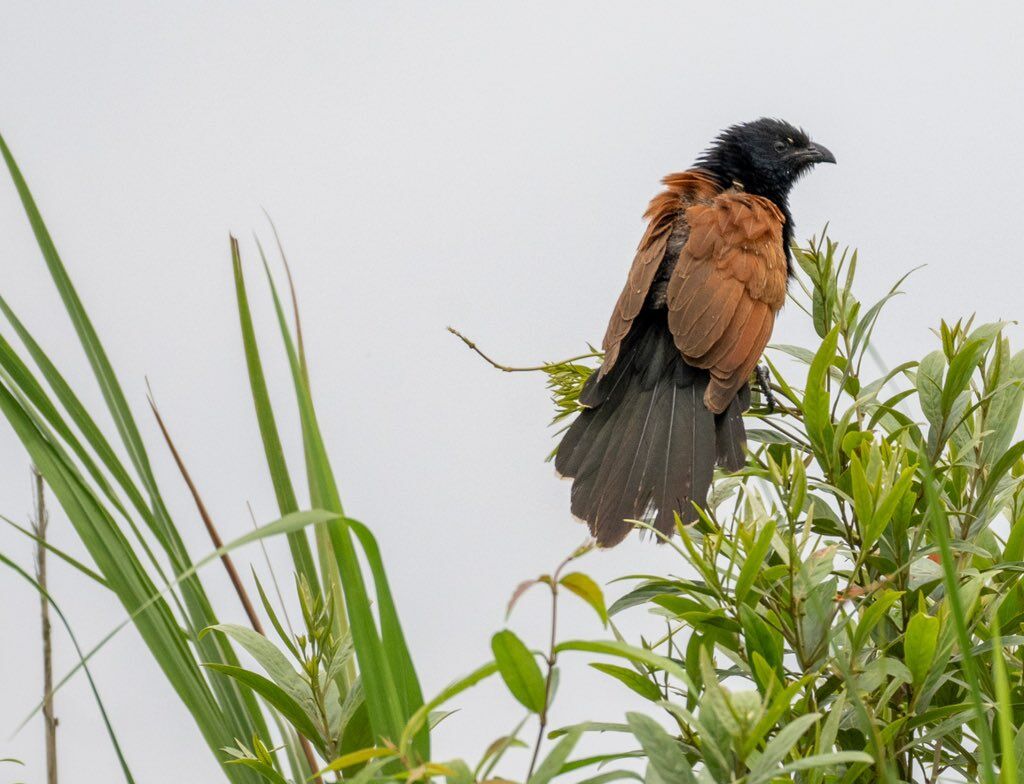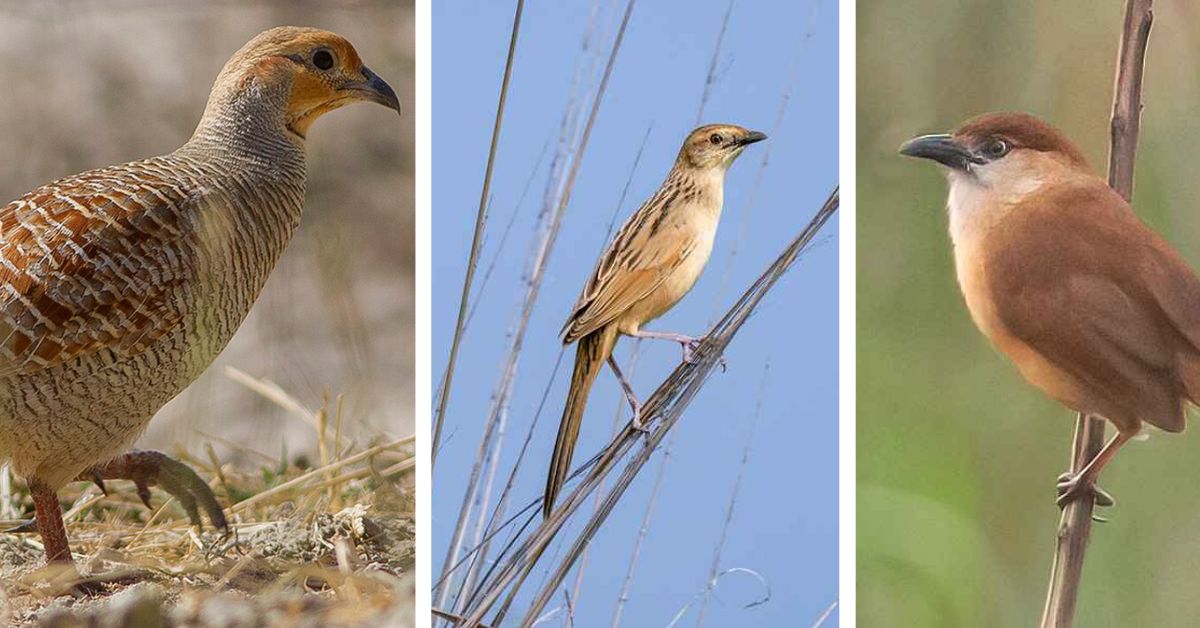Kaziranga National Park, known for its one-horned rhinos and lush floodplains, has achieved a major milestone in wildlife monitoring. For the first time ever, a grassland bird survey has been conducted using passive acoustic technology, offering new insights into the park’s rich biodiversity. Between March and May this year, forest officials, scientists, and conservationists worked together to study the elusive and often overlooked grassland bird population across this iconic landscape.
The timing of the survey was crucial. Conducted during the breeding season when birds are at their most vocal, the study made use of acoustic recorders placed on tall trees in 29 key locations across the park. These devices captured the symphony of calls, songs, and chirps from the resident birdlife, providing a non-intrusive way to understand their presence and behaviour.
The results were exciting. A total of 43 grassland bird species were identified, including the critically endangered Bengal florican and the endangered Finn’s weaver. Other notable species included the swamp francolin, the Indian grassbird, the marsh babbler, and the black-breasted parrotbill. Many of these birds are globally threatened and some are endemic to the Brahmaputra floodplains, making their conservation a matter of urgent importance.
To identify the birds from the recorded sounds, researchers used a combination of visual spectrograms and advanced machine learning tools like Birdnet. These methods allowed experts to recognise specific species based on their vocal patterns, even in the thick of the grasslands where visual spotting is nearly impossible.
The discovery of a breeding colony of Finn’s weaver, a bird that has long been elusive and under threat, has generated particular excitement among conservationists.

Grassland birds serve as key indicators of the overall health of an ecosystem, and their presence points to the success of ongoing conservation efforts in Kaziranga.
With seventy percent of the park covered in grasslands, this new data plays a vital role in shaping future wildlife strategies. The grasslands of Kaziranga are more than just open spaces. They are rich habitats that host a diverse community of birds that are just as crucial to the park’s identity as its larger and more famous inhabitants.
This groundbreaking survey not only helps safeguard the future of rare bird species but also showcases how technology and field expertise can come together to protect natural heritage. Kaziranga has set an example that other parks across the country may soon follow.
For more on India’s natural wonders, conservation updates, and offbeat travel news, follow Travel Moves on Instagram and Facebook.








